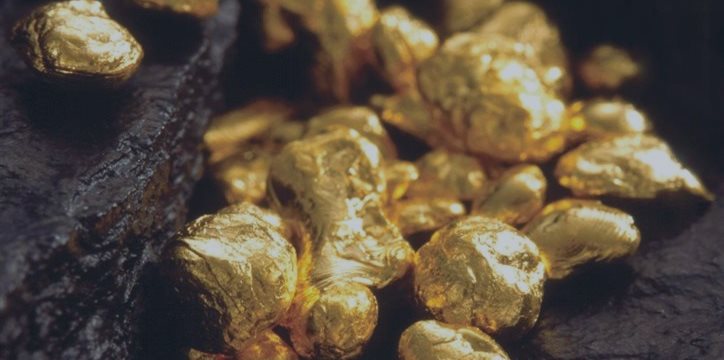Gold raised as higher energy prices pressed concern that inflation will remain low and spurred demand
for the precious metal as a store of value. Weaker gold prices are incentivizing demand in Asia, with Shanghai trading in the metal hitting last year's record.
Commodity traders often track energy prices and their impact on consumer costs. In November, the metal slumped to a four-year low as the dollar rallied and demand ebbed for an inflation hedge after crude tumbled.
“The move up in crude prices is giving gold the boost,” Phil Streible, a senior commodity broker at R.J. O’Brien & Associates in Chicago, said in a telephone interview. “We are seeing some good solid buying today.”
Oil has collapsed into a bear market as U.S. output climbed
to the highest in more than three decades amid signs of sagging
growth in world demand.
“We will continue to see higher volatility in gold with
oil and interest rate-hike uncertainty,” Tommy Capalbo, a
broker at Newedge Group in New York, said in a telephone
interview with Bloomberg.
On Nov. 7, gold touched $1,130.40, the lowest since 2010. Gains for the U.S. economy have spurred a rally for the dollar as the Fed moves closer to raising rates. U.S. inflation expectations, measured by the five-year Treasury break-even rate, have dropped 24 percent this year, set for the biggest decline since 2008.
Lower gold prices are boosting demand in Asia, Bernard Sin, the head of currency and metal trading at MKS (Switzerland) SA, a Geneva-based refiner, said in a telephone interview. Shanghai trading in the metal has topped last year’s record.
This Tuesday, holdings in global exchange-traded funds backed by gold rose for the first time in more than a week, according to data compiled by Bloomberg.
Silver futures for March delivery slid 0.3 percent to $16.412 an ounce on the Comex.
This year, silver has dropped 15 percent, while gold has gained 0.5 percent.



